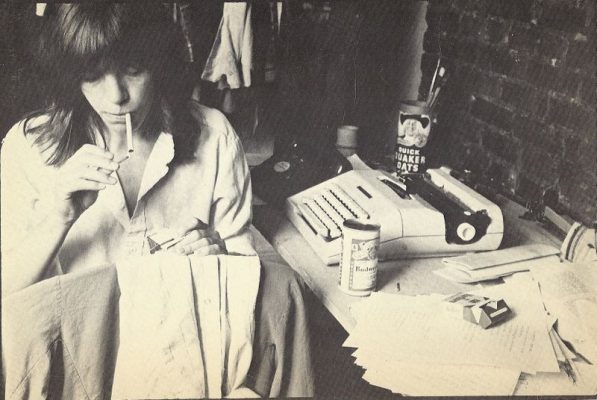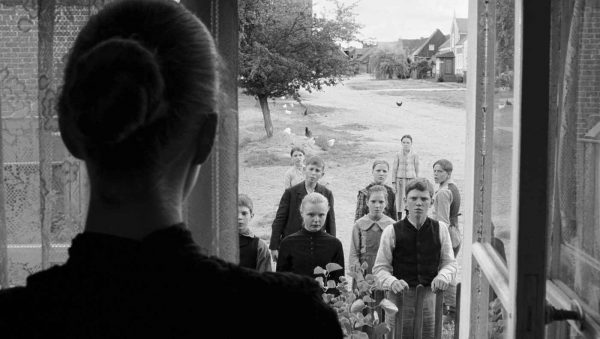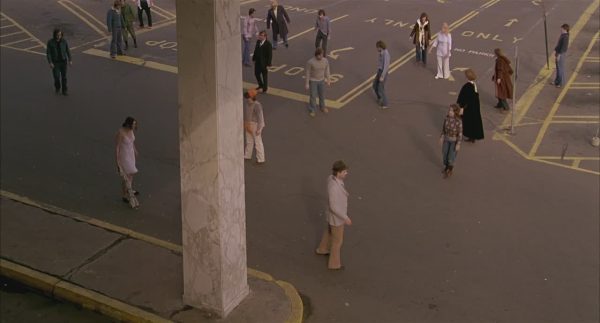THE KITE C. 1755
One doctor of lightning, floating
on his back down a river
held his kite high,
a sail in the sky of silk
(B. Franklin once
let a kite tow him across a sizeable lake.)
Sail of wind and
rain in diamond-shape
at the end of which a child
was, too, a kind of lightning
sitting on the sill of a window or
standing just inside a door
will emit
a luminous liquid, slightly
viscous, which flashed an instant
above the gathered crowd
honing down into a long string
that held a single hand well in place
forcing the connected person
to quickly learn the rigour
that rules over such childish things
once mixed with copper,
oiled paper, and an impending storm.
BENJAMIN FRANKLIN
used books, people, wires, and wax – it was really quite simple –
Franklin wandering lost
between it all
could nonetheless
feel the tiniest sparkling parts
alive inside the glass,
and of something given off deep within
that somehow
let Isaac Newton live. Yet
Franklin never quite met him
and was left to make
a meticulous record of the weather,
the water, and the stars in the skies ajar
from the deck of the ship
heading home again, c. 1725.
It was he who first asserted
that all electricity is a single thing
and who solved the mystery
of the Leyden jar.
So, back to the books, the corks, and the wax,
while the fresh water from a tea kettle came as a shock
or maybe as a memory –
a librarian in Latin opening
the windows during thunderstorms so that all
could read by the lightning.
THE ELECTRIC FORTUNE-TELLER
made and marketed by Georg Heinrich Seiferheld, 1757-1818,
was just one
among a series of ghostly devices
made of lights, buttons,
boxes, and small Leyden jars
all hidden in a miniature temple
made of shook-foil shaken
and in the hand, a book
on which was written in sparks:
“This darkness is permissible”
So, off went all the children –
comprising whole arsenals holding hands in circuits.
And though these devices
were usually referred to as toys, there are within
the unseen forces
gaseous mixtures that used to be boys.



